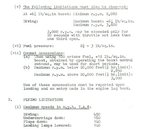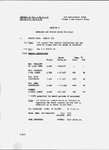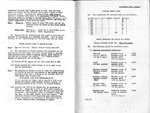NZTyphoon
Airman 1st Class
More information: The Battle of Britain by T.C.G. James shows 51,364 sorties, day night from July 10 through Sept 30; some of the most intensive combat took place between these dates.
51,364 divided by 13 weeks = 4,280 sorties = 611 sorties daily average: well within my rough calculations. How good does 25% of Fighter Command aircraft using 100 octane fuel look now?
51,364 divided by 13 weeks = 4,280 sorties = 611 sorties daily average: well within my rough calculations. How good does 25% of Fighter Command aircraft using 100 octane fuel look now?




